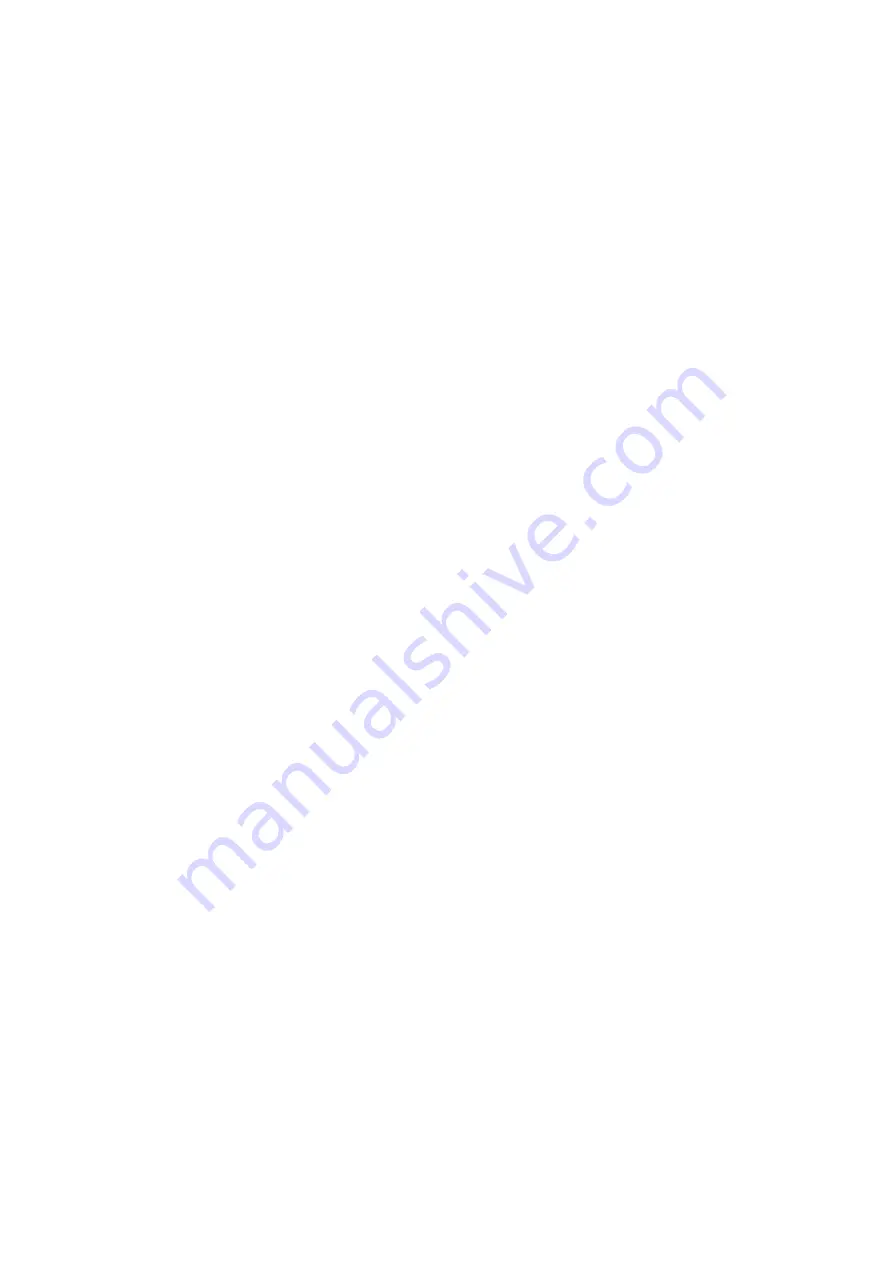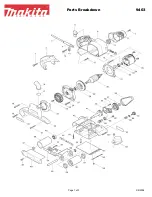
3
related hazards. Contact or inhalation of these dusts can endanger the
health of the operator and bystanders.
4) Use and care of battery tools
a. Recharge the battery only with the charger specified by the manufacturer.
An unsuitable charger can create a fire hazard.
b. Use power tools only with specifically designated batteries. Use of other
batteries may create a risk of injury or fire.
c. When the batteries are not in use, keep it away from other metal objects,
such as paper clips, coins, keys, nails, screws, or other small metal
objects, that can make a connection from one terminal to another.
Shorting the battery terminals can cause burns or fire.
d. Abusive conditions can cause expulsion of liquid from the battery; avoid
contact. If accidentally contacted, rinse immediately with water. If the
liquid comes into contact with the eyes, also seek medical help. Liquid
expelled from the battery can cause irritation or burns.
e. Do not use a battery or tool that is damaged or modified. They may exhibit
unpredictable behavior resulting in fire, explosion, or risk of injury.
f. Do not expose a battery or tool to fire or excessive heat. Exposure to fire
or temperature above 130°C may cause an explosion.
g. Follow all charging instructions. Do not charge the battery or tool outside
the temperature range specified in the instructions. Improper charging or
charging at temperatures outside the specified range may damage the
battery or increase the risk of fire.
5) Service
a. Have your battery tool serviced by a qualified person and use
replacement parts recommended by the manufacturer. This will ensure
the safety of the battery tool is maintained.
Summary of Contents for TRDSLI2001
Page 1: ...1 v BATTERY ORBIT SANDER...
Page 12: ...12 BATTERY ORBIT SANDER...






























